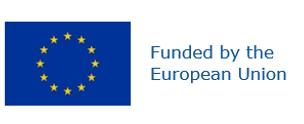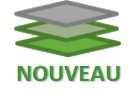NOUVEAU: NOVEL ELECTRODE COATINGS AND INTERCONNECT FOR SUSTAINABLE AND REUSABLE SOEC
Countries and organisations worldwide are seeking novel ways to combat climate change. Renewable energy sources could be the answer, but –as they often have an intermittent character– they lack efficient storage solutions. Current solid oxide cells (SOCs) that could offer a storage solution are too expensive and damaging to the environment. In this context, the EU-funded NOUVEAU project will introduce novel SOCs utilising lanthanum- and PGM-free electrode materials, electrical interconnects and solid electrolytes designed to be recyclable and sustainable.
The NOUVEAU project will develop SOCs with innovative La- and PGM-free electrode materials, solid electrolytes and interconnects with an overall reduced amount of rare earth elements (30%), yttrium (50-70% recycled) and chromium (20%). To this end, advanced coating methodologies and modelling will be employed in combination with sustainable-by-design and recycling approaches. Integrated models will be adapted and developed to predict physicochemical properties/toxicity endpoints in real life scenarios, including multiscale models; data-based modelling (SHF, SPF); user-ready modelling for industrial deployment (SSbD tools); and standardisation and regulatory compliance (REACH updates).
By addressing resource and energy efficiency through material design and waste management, NOUVEAU will create opportunities for increased circularity of raw materials, lower climate impact and decreased criticality of SOC materials.
To validate the NOUVEAU objectives and their economic, commercial and environmental impact, a comprehensive set of assessment techniques will be used, including life-cycle sustainability assessment, cost analysis, and eco-efficiency assessment. The assessment results will guide the efforts towards optimised resource efficiency and SOC upscaling with improved stability benchmarked against the reference state-of-the-art ones. More specifically, NOUVEAU will benefit from the complementarity and scalability of green inks development in combination with spray printing, slot die coating and convection and radiation drying. The NOUVEAU project draws on the complementary expertise of applied research centres and innovation-driven companies, including Marion Technologies, Coatema, Fiaxell and QSAR Lab, in the field of materials design, SOC engineering and multi-scale modelling, including in silico methodologies (machine learning, artificial intelligence).
Partners:
Vlaamse Instelling voor Technologisch Onderzoek N.V. – VITO (Coordinator) (Belgium); Forschungszentrum Jülich GmbH – FZJ (Germany); Marion Technologies S.A. – MTEC (France); Coatema Coating Machinery GmbH – COA (Germany); Technische Universiteit Eindhoven – TU/e (Netherlands); QSAR Lab spółka z ograniczoną odpowiedzialnością – QSAR LAB, (Poland); IMDEA Energy Institute – IME (Spain); Centre National de la Recherche Scientifique CNRS – CNRS (France); Fiaxell Sarl – FIAXELL (Switzerland)
Funding Institution/Program: European Health and Digital Executive Agency
Call and topic: HORIZON-CL4-2021-RESILIENCE-01-12 – Safe- and sustainable-by-design metallic coatings and engineered surfaces
Type of action: HORIZON Research and Innovation Action
Period: 1 September 2022 – 30 november 2025
IMDEA Energy Institute external funding: 218,380.00 EUR
Principal Investigator: Dr. Diego Iribarren.
Website: https://www.nouveau-project.eu/




